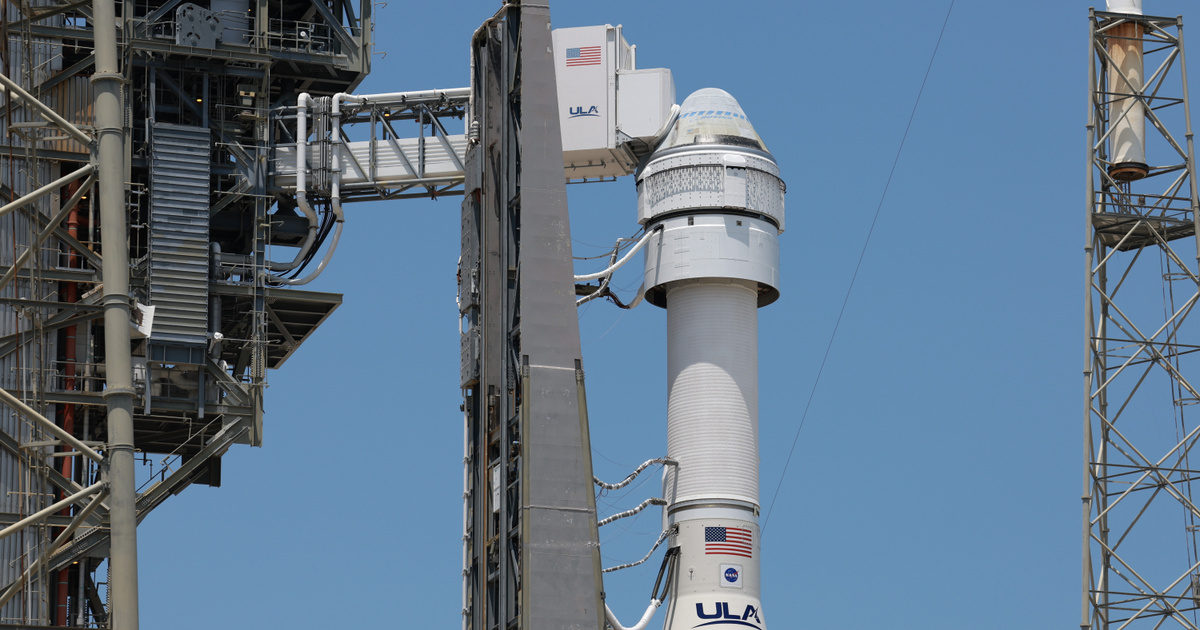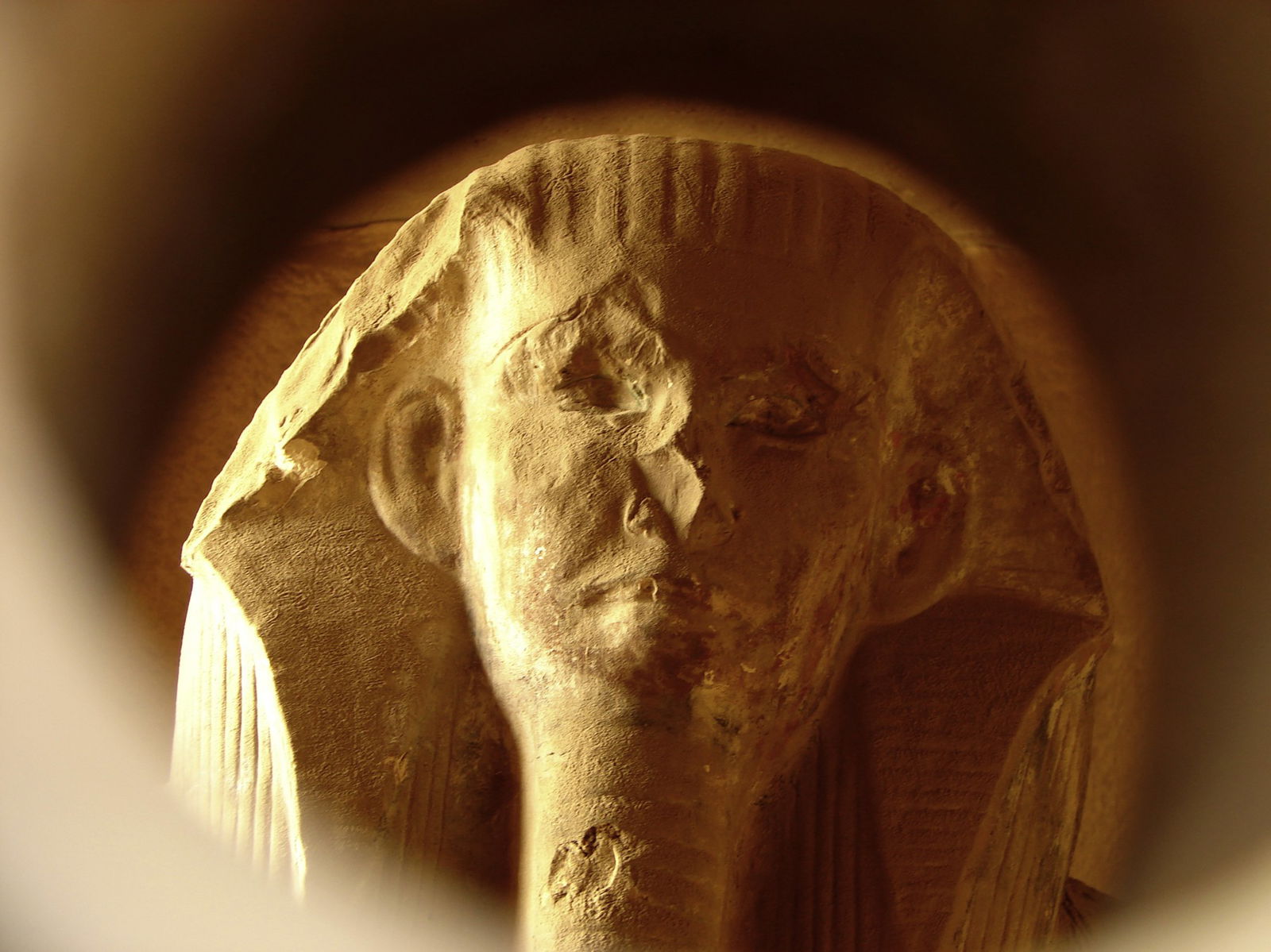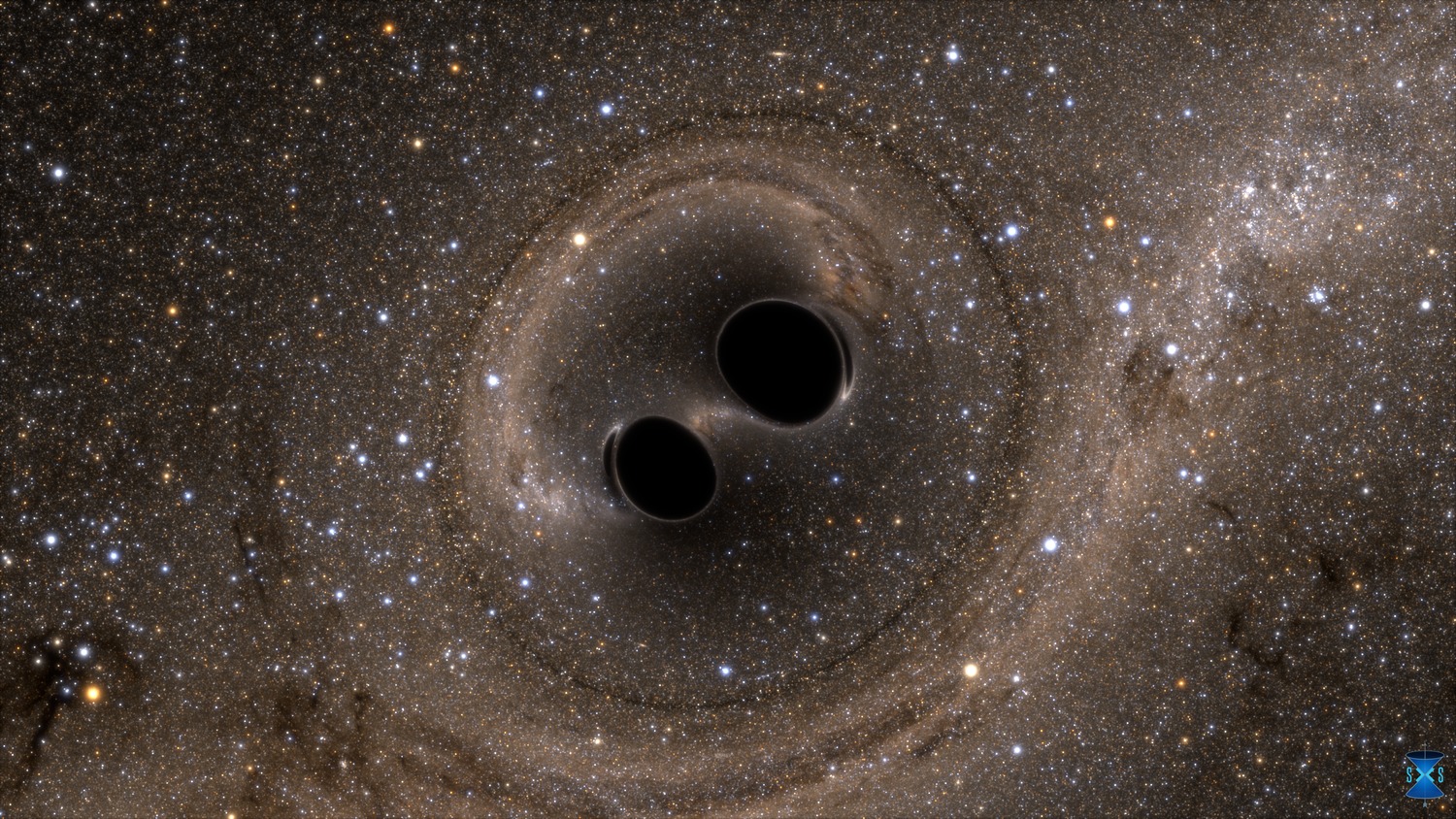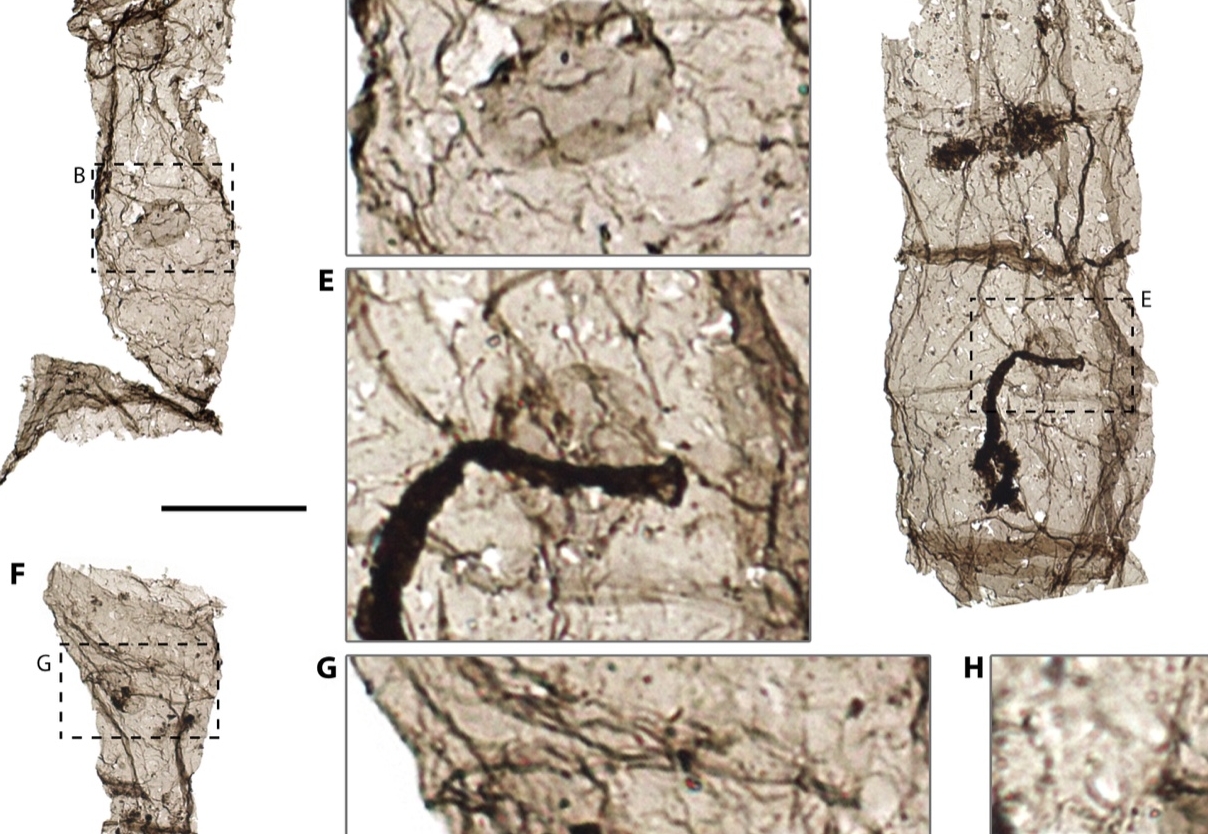Researchers found fossils about 1.6 billion years old, which are the fossilized remains of multicellular eukaryotes. Fossils of Q. magnifica discovered in China suggest that multicellular organisms may have existed earlier than scientists previously thought. The newly discovered fossils, algae capable of photosynthesis, may be the oldest known eukaryotes.
The study, published in the journal Science Advances, points to remains 1.6 billion years old, meaning they could have formed about 70 million years before what scientists previously considered the oldest fossils. Live sciences.
Unicellular, multicellular, Q. magnifica
Researchers believe these are the remains of Qingshania magnifica, which look like fibrous tubes and are made up of about 20 cells stacked in a barrel shape. Some of the samples contained spores, proving that Q. magnifica may reproduce asexually, the researchers wrote.
“Since they have diverse appearances, it can be said that these threads are rather complex,” study co-author Lanyun Miao, a researcher at the Nanjing Institute of Geology and Paleontology of the Chinese Academy of Sciences, said in a statement.
The first prokaryotes, that is, single-celled microorganisms without a separate nucleus, likely appeared 3.9 billion years ago. But the first single-celled eukaryotes appeared only 1.65 billion years ago, which we can detect in sediments from northern China and northern Australia. This is known as the group that includes all forms of plant and animal life on Earth.
Based on the newly published study, Q. magnifica may have appeared soon after. This suggests that the branch of eukaryotes became multicellular early in its evolutionary history.
“Since multicellularity is a prerequisite for any definition of modern, complex life, reinterpreting the timing of this important event from here could radically change our thinking about the process that ultimately led to the creation of our species!” – added Jack Craig, Assistant Professor at Temple University.
The goal is to reveal our evolution
The research was based on results from 1989, obtained during the first discovery and characterization of Q. magnifica in China.
“Unfortunately, very low-quality images were published at the time, and in a journal that is difficult to find, so the results published at that time did not receive much attention,” the study authors wrote.
So researchers decided to visit the area in 2015. At that time, 279 microfossils had been discovered, all but one of the Q. magnifica species. Their further analyzes also showed that, like today's algae, they can also perform photosynthesis.
The study highlights that analyzing ancient organisms can help unravel the evolutionary history of life on Earth.
You may also be interested in:
A previously unknown species of bird-like dinosaur has been found in America
Could ancient human civilizations be hiding under Antarctica's ice?
source: lifescience.com
























![The Italian Souls clone has been delayed, but is coming to multiple consoles [VIDEO]](https://thegeek.hu/wp-content/uploads/sites/2/2024/05/thegeek-Enotria-The-Last-Song-1.jpg)



















